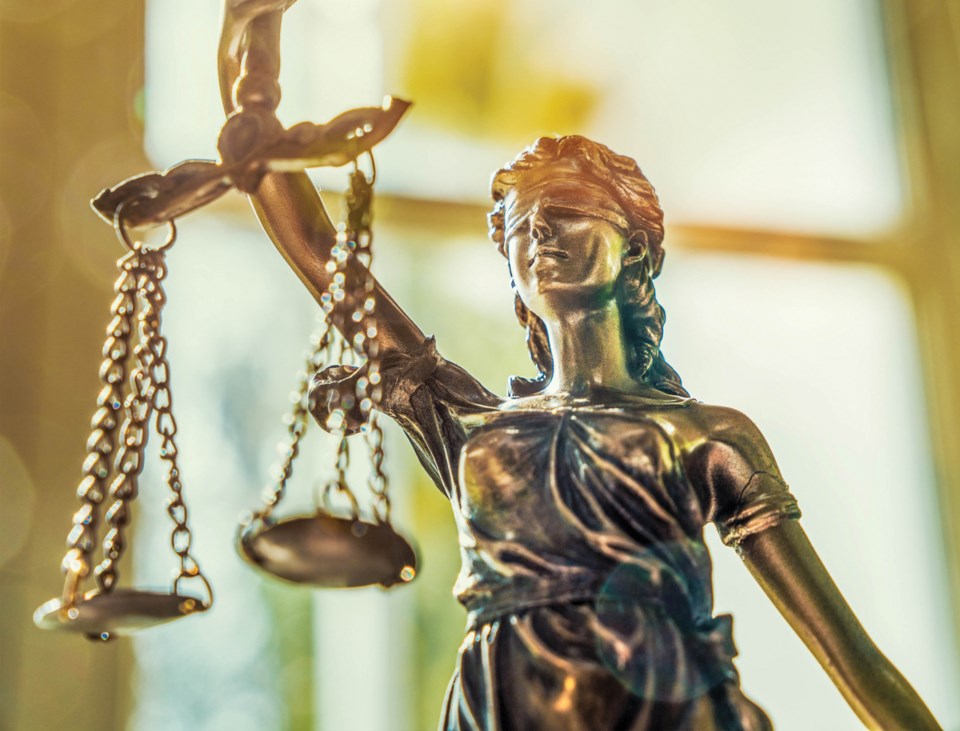If you have had any connection to Canada’s justice or correctional systems, it probably wouldn’t be a leap to suggest that you may not have had a positive impression.
While it may be flying under the radar for the general public, changes are being driven in Canada’s criminal justice system in Alberta in all sorts of ways. These changes are being caused by both external and internal pressures.
One area of possible change is the Government of Alberta’s exploration of transitioning to a provincial police force, replacing the RCMP, with the goal of saving money and improving law enforcement services.
On another front, Alberta’s Crown prosecutors are in a serious position to go on strike because of excessive workloads, burnout, non-competitive wages and lack of mental health support. This could leave Alberta’s courts even more overwhelmed.
But events like Red Dress Day held on May 5, directly encapsulate the human costs of both justice and law enforcement systems that are insufficient in serving Indigenous people and minority groups.
“In Canada, Indigenous people are most at-risk of becoming involved with the criminal justice system, both as victims and offenders,” according to the Government of Canada. “Indigenous people make up only about four per cent of the population, but account for more than one-quarter of those in federal correctional populations.”
A broad examination of Canada’s criminal justice system was carried out from May 2016 to April 2018, following a letter from Prime Minister Justin Trudeau to the Minister of Justice and Attorney General of Canada.
The study’s results found many shortcomings. These includes the overrepresentation of Indigenous people within the system, overrepresentation of vulnerable and marginalized people, negative impacts on victims and survivors of crime, delays in criminal law and procedures, as well as certain provisions and procedures that may disproportionately impact marginalized populations.
“Individuals with mental illness and with problematic substance use, and others who are marginalized due to race, ethnicity, and socio-economic characteristics, are disproportionately represented in the criminal justice system,” continues the federal government’s findings. “Suggesting a need for more tailored and nuanced reforms.”
So how do we make things better? Well, this will not only take time but an extreme amount of effort in many areas of social welfare.
Despite all the shortcomings of Canada’s law enforcement and justice system, Canada is ranked the sixth-safest country in the world and has maintained that position since 2019, according to the Global Peace Index.
Published by the Institute for Economics and Peace, the Global Peace Index uses 23 indicators to arrive at its annual results. Factors looked at include a country’s ongoing international conflict, societal safety and security, and militarization.
“Canada received particularly good scores for internal conflicts, levels of crime, and political stability. In addition to good job opportunities, great access to healthcare, and effective government," notes the institute.
It also points out that per capita, Canada has a crime rate roughly one-third of the United States. The U.S. currently ranks 128th in the Global Peace Ranking.
However, this global ranking should not be an excuse to put-off efforts to improve our current social welfare systems, such as mental health diversion programs, child social services reform, prison reform, and adequate resources for law enforcement and Crown prosecutors.
Why? Because improving shortcomings in these interconnected systems will continue to make a huge difference in reducing overall crime, will provide much needed support and should make our communities safer and stronger over the long term.
This perspective is also suggested by the Institute for Economics and Peace, which indicates the commonalities among the safest countries in the world include a country's level of wealth, social welfare and education.



